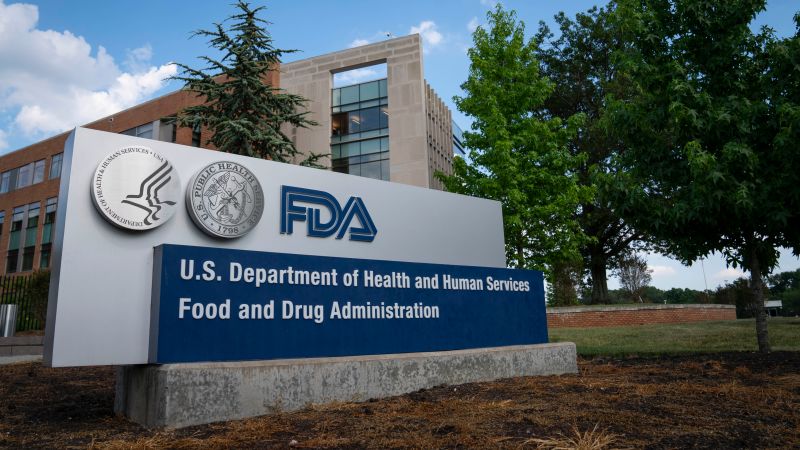The US Food and Drug Administration has approved a second use for the first CRISPR-based medicine, Casgevy, which was approved in December to treat sickle cell disease.
The groundbreaking treatment can now also be used to treat transfusion-dependent beta thalassemia in people 12 and older. Like sickle cell, beta thalassemia is an inherited blood disorder.
…
To make Casgevy, a person’s stem cells are genetically modified using a precision gene editing technique called CRISPR/Cas9. The modified cells are then transplanted back into the body, where they grow and multiply and increase the production of hemoglobin, which decreases symptoms.
The treatment lists for $2.2 million for both sickle cell disease and beta thalassemia.



Developing, testing, trialing and pushing drugs through the FDA process is very expensive.
On the other side, not that many people have the disease, which means there won’t be that much demand for it.
Would you rather it not have been developed at all? Because it wouldn’t be if there was no incentive for it.
All that said though, the treatment should be paid for with public money, like in the rest of the world.
Sadly, many don’t know that it was public money in the first place that developed, and continues to develop, treatments and therapeutics which companies then acquire, tweak and charge as if they did the R&D themselves.
Then there’s M&A as replacement for R&D, which again benefits patients 0 & shareholders bazillions.
Got any sources for this being funded by public money? Would like to see more about that
Sure thing! Here’s one:
https://communities.springernature.com/posts/funding-a-technological-revolution-who-pays-for-what-crispr-research
In other words, your tax dollars at work.
And another:
https://direct.mit.edu/qss/article/3/2/443/110371/Funding-CRISPR-Understanding-the-role-of